
Internal doors are often overlooked when it comes to interior design. Yet a well-chosen interior door can be the difference between an alright room that draws little attention and a stylish one that draws compliments.
There are so many types and styles of internal doors to choose from it's easy to understand why you may have questions that you need answering before you chose your new internal doors. A good door is an essential part of a room and can contribute a lot to your interior design.
You’ll need to decide on the colour, the panels, the material and the finish you want for your internal doors, as well as whether you want solid or glazed doors. These decisions will help you find a door that matches your decor.
Then there are the practical considerations. Do you want a lightweight hollowcore door, or a robust, weighty solid engineered core construction? Do you want to buy it fully finished and ready to hang, or would you prefer a primed door you can finish yourself?
If you’re struggling to pick new internal doors for your home, here are some tips might want to bear in mind.
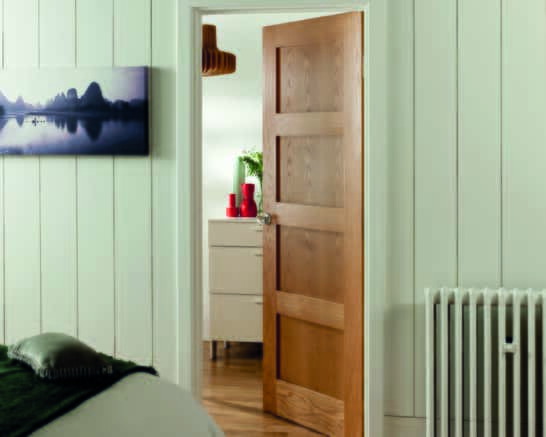
For some people, the most important question in picking a door design will be what internal doors are in fashion. But fashion can be fickle and changes quickly. A door you buy based on popularity won’t always be topping must-buy lists a few months later.
Instead, we recommend picking internal doors that suit your tastes and your home. If you’ve decked your house in vintage Victorian elegance, then period internal panel doors won’t just slip seamlessly between your Victorian-style tall skirting and decadent door frames on the day they are installed. They will still look perfectly placed, and equally attractive years later.
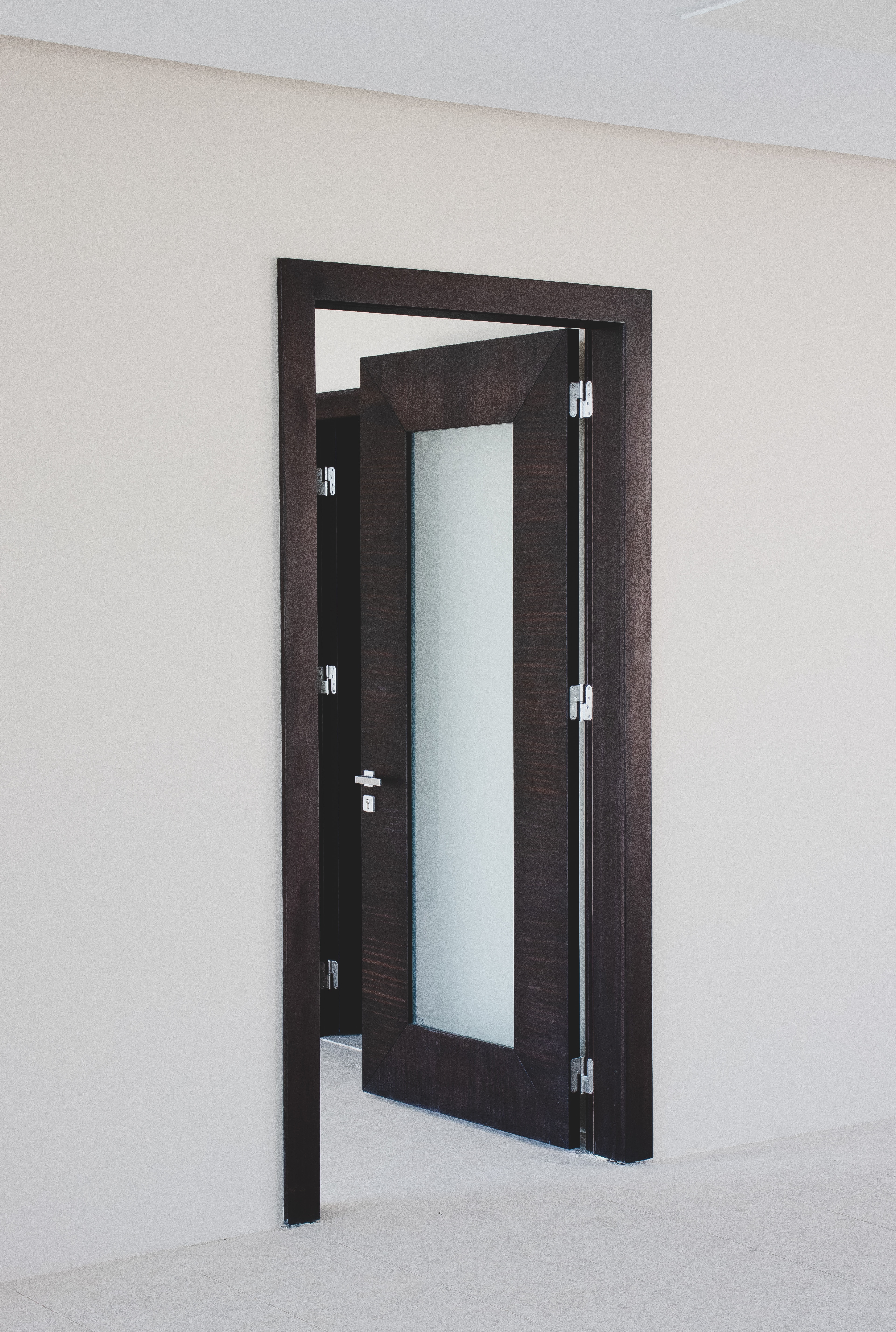
We’ve established the importance of finding a door that suits your own home. But there are an awful lot of different styles you could consider.
Plain, practical flush doors are a default design choice. Simple enough to suit any minimalist design, available in a range of finishes and colours, these are a flexible choice. They are also excellent value.
These internal doors can also feel a little flimsy and lightweight. If you’ve got a slightly higher budget, heavier, solid oak internal doors might be a more appealing choice.
If space is short, or you want to bring two spaces together, you could consider internal bi-fold doors or French doors. These statement doors will turn your doorway into a focal point, especially if you go for a pair of double doors.
Moulded doors and panel doors make the perfect choice of period properties. Choose between 4 or 6 panels, depending on your preference and add glazed panels to light up cramped or dark rooms.
Choosing doors for contemporary homes may be a little harder, but there are still cues you can take from your existing or planned decor.
If you still need some help with picking an interior door for your home, take a look at our guide on different types of internal doors to help you make your decision.
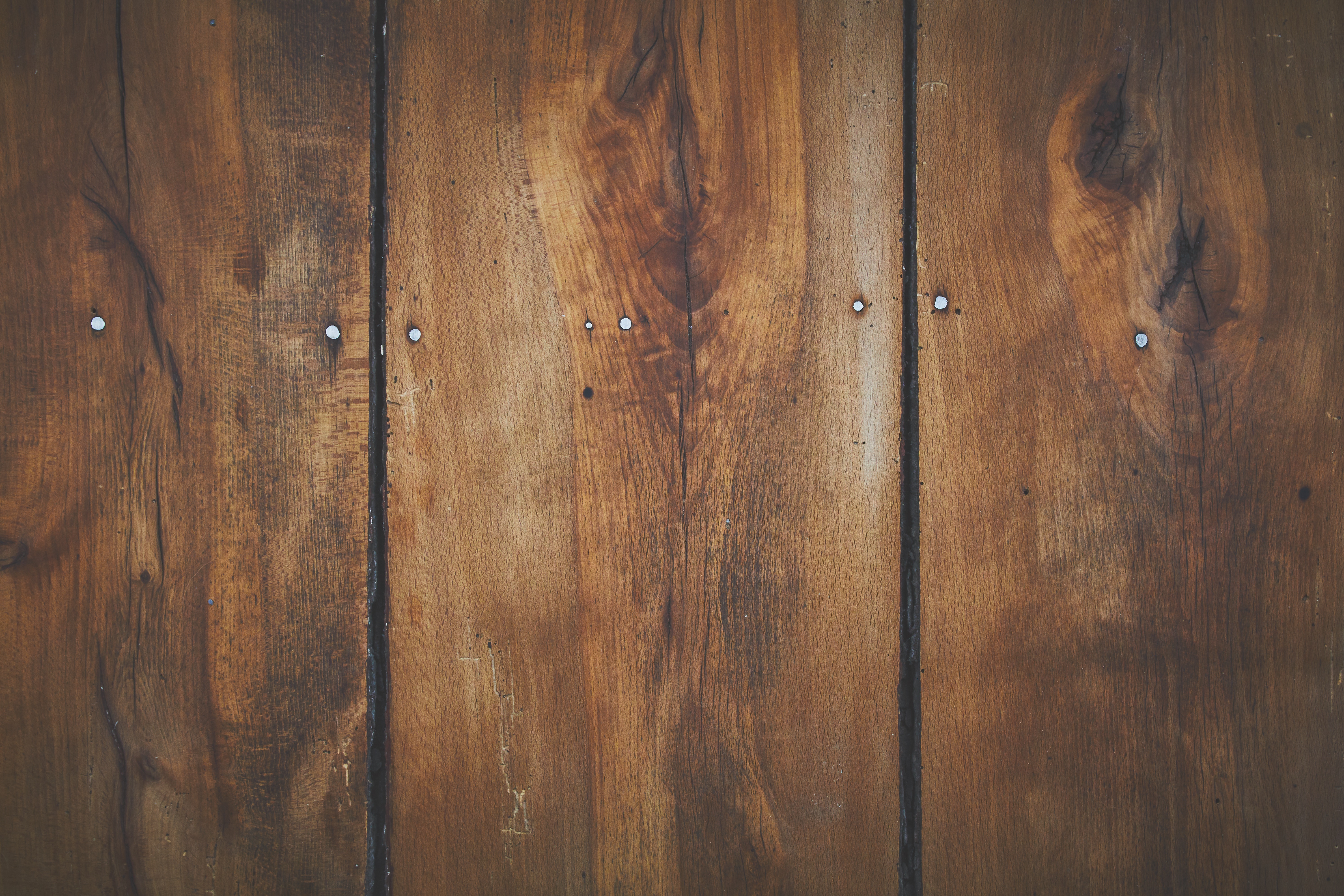
The materials you chose for your internal door will obviously depend on where the door is going.
For example, If you’re looking for a hallway door you will want something robust that blocks noise. Heavy oak internal doors are a practical option for noise reduction.
A more contemporary doors option is a pale wood material or a white glazed material – this will give your house a far more modern and minimalist finish than traditional oak. Internal doors with a hollow core, or lightly glazed doors which tend to be of a lighter material, look lovely and might be a good choice for a bedroom or living room where children will need access and you'll need to be able to hear through them.
Glazed internal doors are a lovely way of letting natural light into a room while still allowing the option of privacy, which might be suitable for a dining room or living room.
Glass sliding doors are a great option for a dining/living room or a room that leads onto a patio is the best way of saving space and linking the two spaces together.

Once you have chosen the style of interior door you'd like, then the next step is deciphering what size you need for the door frame you have.
There are ways to go about trimming some door styles, so keep that in mind. This creates a little extra work, but we have some helpful advice on how to go about doing this. We offer a huge array of most standard door sizes, so check our internal door size guide for more information. Solid door options are likely to be able to be trimmed or sanded slightly if you have a period property that has unusual door sizes.
Metric sized internal doors have grown in popularity over the past few years, especially in Europe and Scotland. Metric sizes doors have small differences, with an increased door height of 2040mm and a thickness of 40mm.
2040 x 526/626/726/826/926 x 40mm
Although these probably won't affect most of our customers, there are some standard door sizes that you might see crop up when browsing our interior door ranges.
All the standard UK and metric door sizes are usually available as a fire door equivalent with the only difference being an increased door thickness of 45mm. This is because extra core component materials are required in the construction of fire doors to achieve a fire rating. Remember to check that your door frames, intumescent strips and hardware also comply with the door’s fire certification.
Please see below our helpful door size conversion chart. If you still work in feet and inches, the chart will help you work out the metric equivalent size of our doors.
|
1981 x 457 |
78″ x 18″ |
6′6″ x 1′6″ |
|
1981 x 533 |
78″ x 21″ |
6′6″ x 1′9″ |
|
1981 x 610 |
78″ x 24″ |
6′6″ x 2′0″ |
|
1981 x 686 |
78″ x 27″ |
6′6″ x 2′3″ |
|
1981 x 711 |
78″ x 28″ |
6′6″ x 2′4″ |
|
1981 x 762 |
78″ x 30″ |
6′6″ x 2′6″ |
|
1981 x 838 |
78″ x 33″ |
6′6″ x 2′9″ |
|
1981 x 915 |
78″ x 36″ |
6′6″ x 3′0″ |
|
1981 x 1067 |
78″ x 42″ |
6′6″ x 3′6″ |
|
1981 x 1168 |
78″ x 46″ |
6′6″ x 3′10″ |
|
1981 x 1220 |
78″ x 48″ |
6′6″ x 4′0″ |
|
1981 x 1372 |
78″ x 54″ |
6′6″ x 4′6″ |
|
1981 x 1524 |
78″ x 60″ |
6′6″ x 5′0″ |
|
2032 x 813 |
80″ x 32″ |
6′8″ x 2′8″ |
|
2134 x 915 |
84″ x 36″ |
7′0″ x 3′0″ |
|
2040 x 526 |
80 1⁄4″ x 20 11⁄16″ |
6′8 1⁄4″ x 1′8 11⁄16″ |
|
2040 x 626 |
80 1⁄4″ x 24 5⁄8″ |
6′8 1⁄4″ x 2′0 5⁄8″ |
|
2040 x 726 |
80 1⁄4″ x 28 5⁄8″ |
6′8 1⁄4″ x 2′4 5⁄8″ |
|
2040 x 826 |
80 1⁄4″ x 32 1⁄2″ |
6′8 1⁄4″ x 2′8 1⁄2″ |
|
2040 x 926 |
80 1⁄4″ x 36 7⁄16″ |
6′8 1⁄4″ x 3′0 7⁄16″ |

There’s no denying the appeal of a solid wood door. The rich wood grain always adds a rustic elegance, while you can trust a solid door to provide excellent thermal and sound insulation, saving you money (and privacy!)
But solid wood internal doors are also expensive. So expensive they will break most budgets.
Getting a solid engineered core door instead is a fantastic compromise. They are often available with a beautiful oak (or other wood) veneer that looks every bit as lovely as a solid timber door. They also have a heavyweight core made of engineered timber which insulates against sound and heat just as well.
A solid core offers all the benefits of solid wood but is a lot more cost-effective. They can also have a longer life span as they are less prone to warping or swelling.
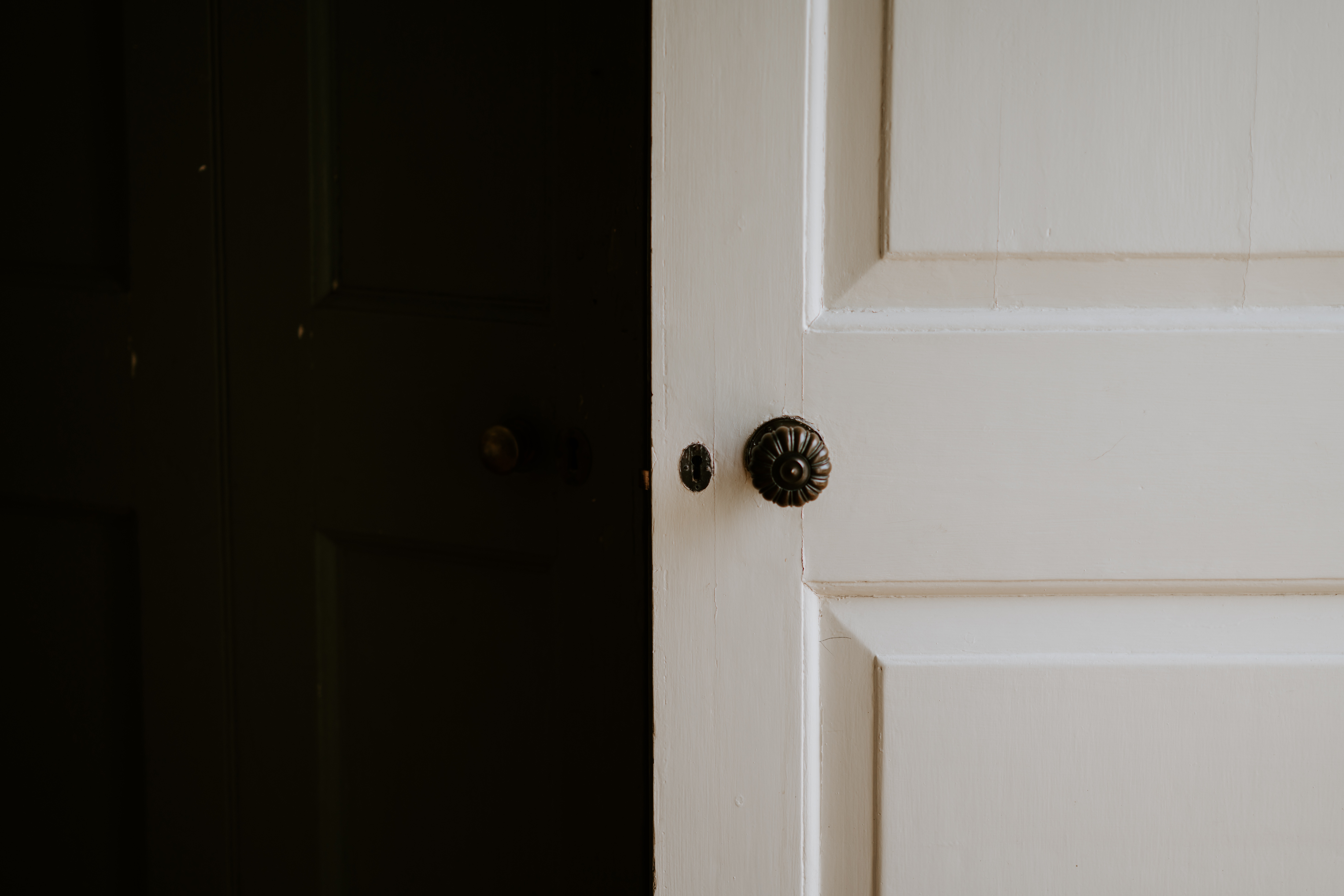
Another practical concern to consider is the way the new door opens. Certain types of doors, such as pocket doors that slide away into the wall, or bypass doors that slide back past each other, can be incredible space savers for small spaces. Not all walls can accommodate the opening for a pocket door though.
Alternatively, a bi-fold door is an option. Bi-fold doors hinge in the middle, with one fixed lead door. This means they take up a lot less space than standard doors when they are open.
Choosing a room divider like bifold, pocket or sliding doors is a space-saving option, that can make two small rooms feel like one bigger space.
If you’re looking for interior doors to go in your kitchen, you should consider getting a fire door.
Fire doors are specifically constructed to withstand fire. They are thicker and come with a solid engineered core that gives them a weighty feel. It isn’t set out it building regulations but it is recommended that you use fire doors in every kitchen doorway so that if a fire starts it won’t progress quickly.
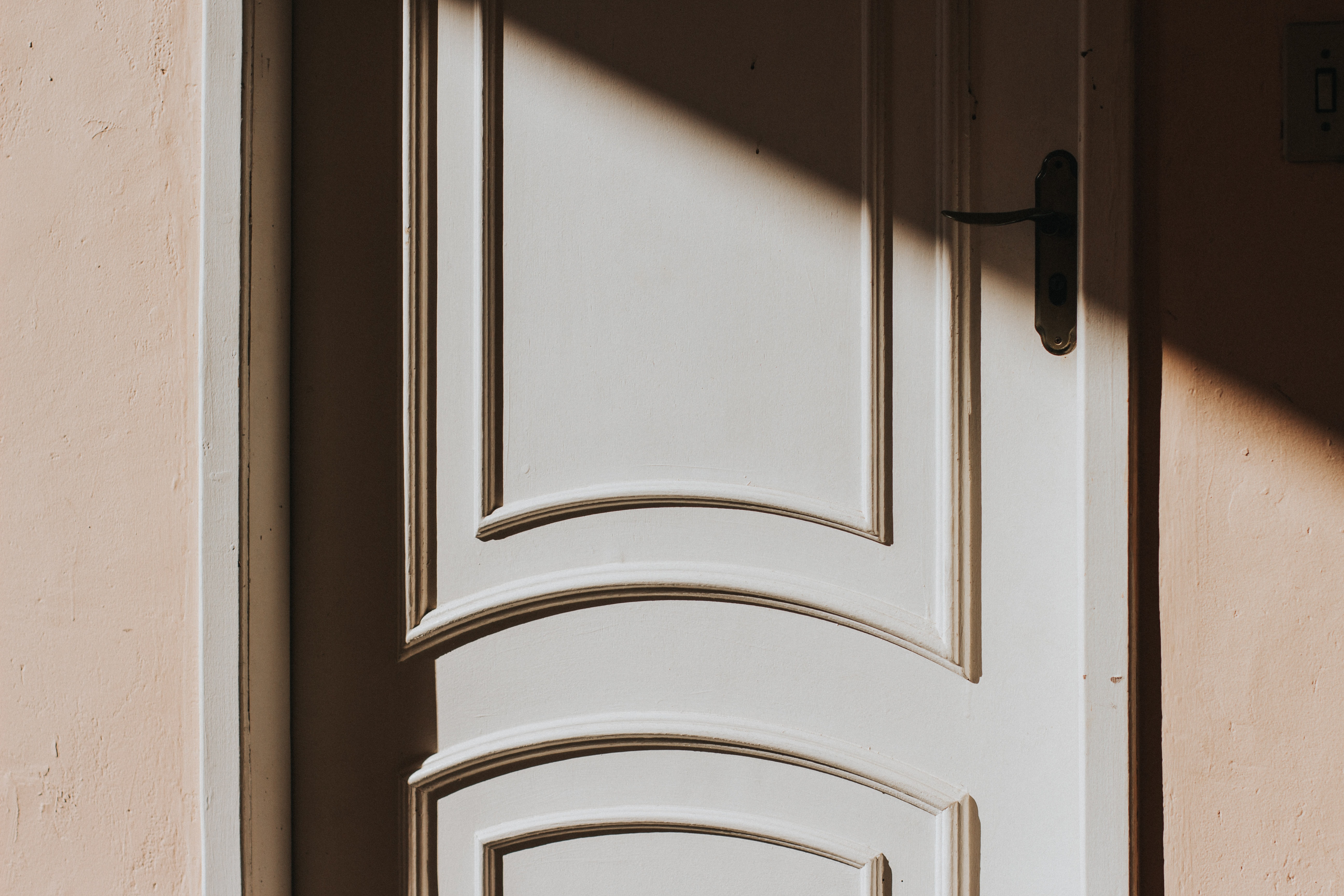
Another aspect worth thinking about is internal door sizing – the type and style of door you chose might be dependent on the size of the frame you have. Internal bi-folding doors make the best option for a larger frame that divides two rooms, whereas a classic oak door might be better for a standard door frame. Most of our ranges have door styles that offer multiple options in one range, so you can pick and choose between clear or glazed, frosted finishes, unglazed, single leaf and bi-folding options to create a consistent feel throughout your home.
Finally, what you need to consider is your budget – when looking to replace your old and tired interior doors throughout your entire house, then finding the most affordable and cost-effective options might be at the top of your priority list.
If this is the case then hollow-core flush panel doors are usually the cheapest option, though going for an unfinished door can also help keep costs down.
If you find a style you like, most of our doors have unfinished options – so you can get the doors you want even with a modest budget.
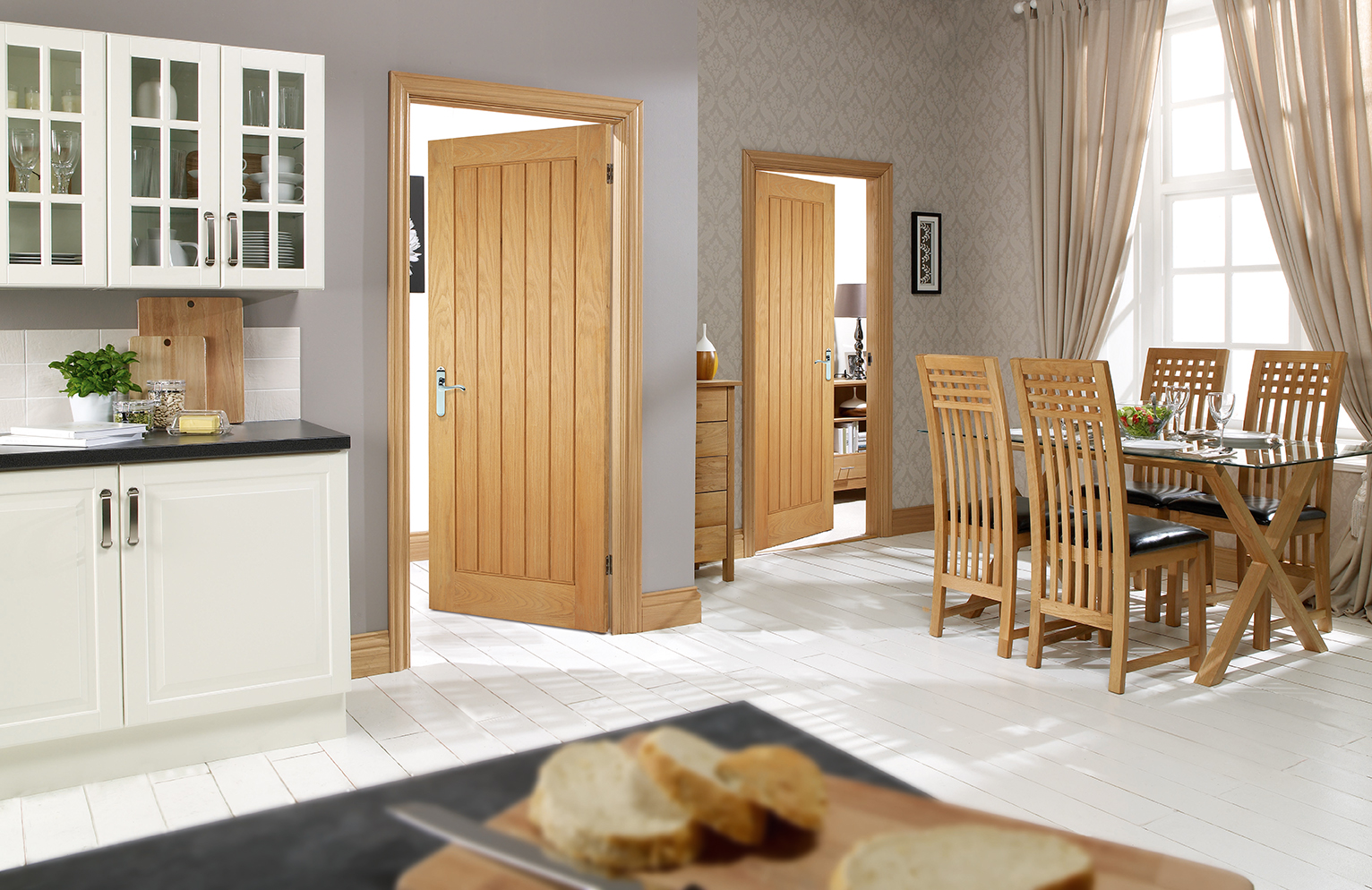
If you’re looking at buying multiple doors at a time you might wonder whether your internal doors need to match.
The easy answer to this is that they don’t. They can match, and if you’re less confident in your tastes, this can be one way to lessen the load of choices. But if you like to mix it up, pairing different styles of doors together can create a unique interior design style.
Choosing an internal door isn’t always easy. It should be a choice of personal preference and practicality combined, tailored to meet your budget, your decor and your practical needs.
We hope these tips will help you pick the right internal doors, but if you do have any questions you can always contact us for more information about the doors in our range.
Proud stockists of....
